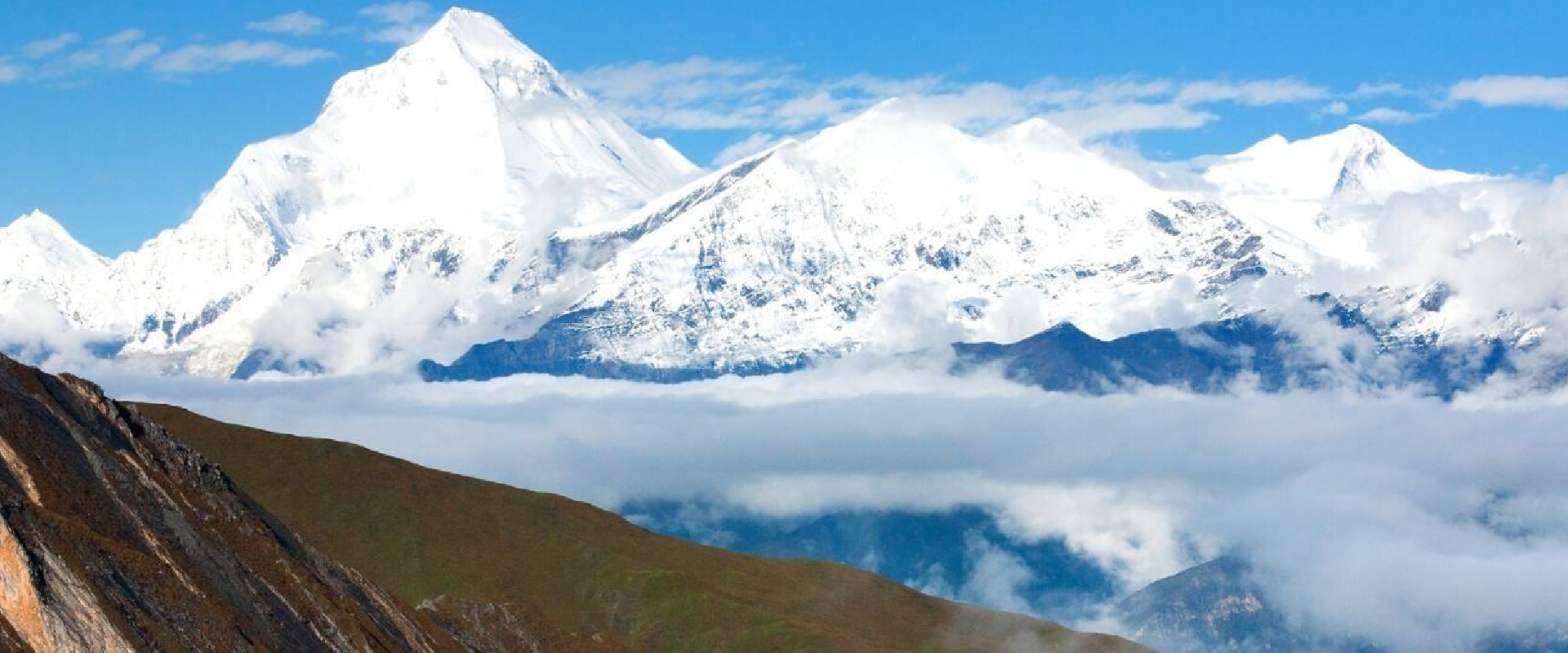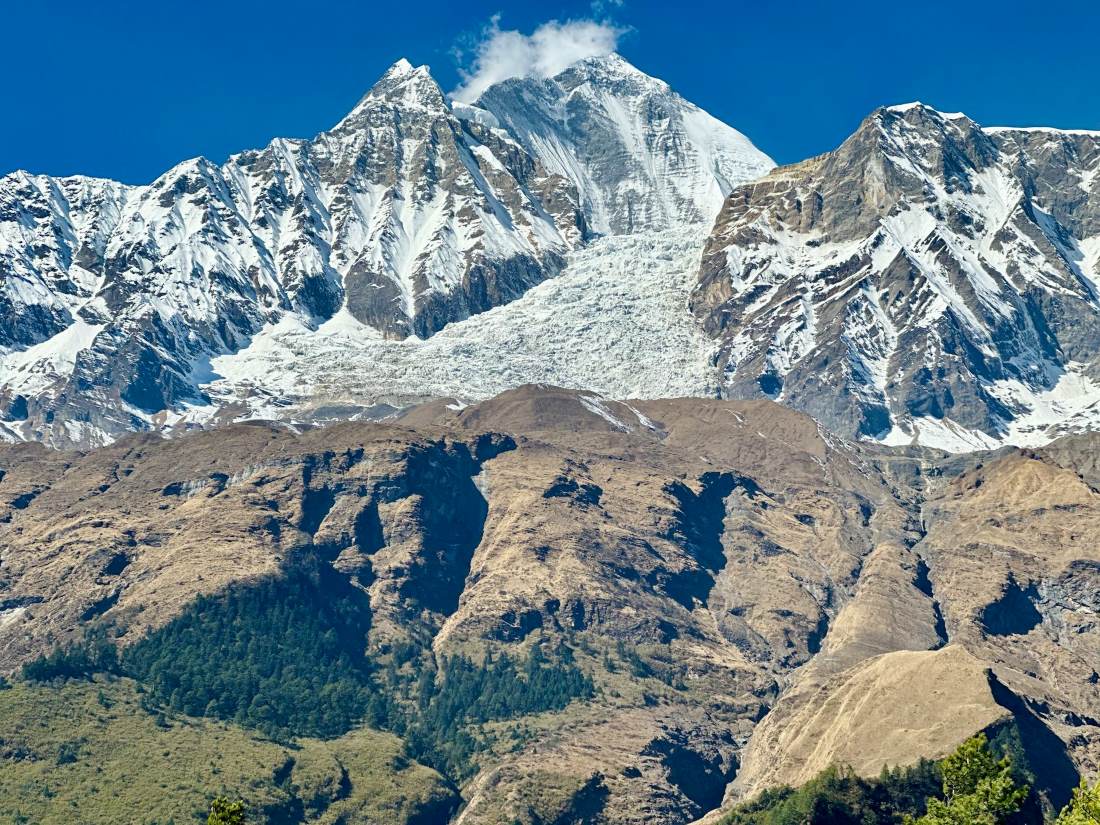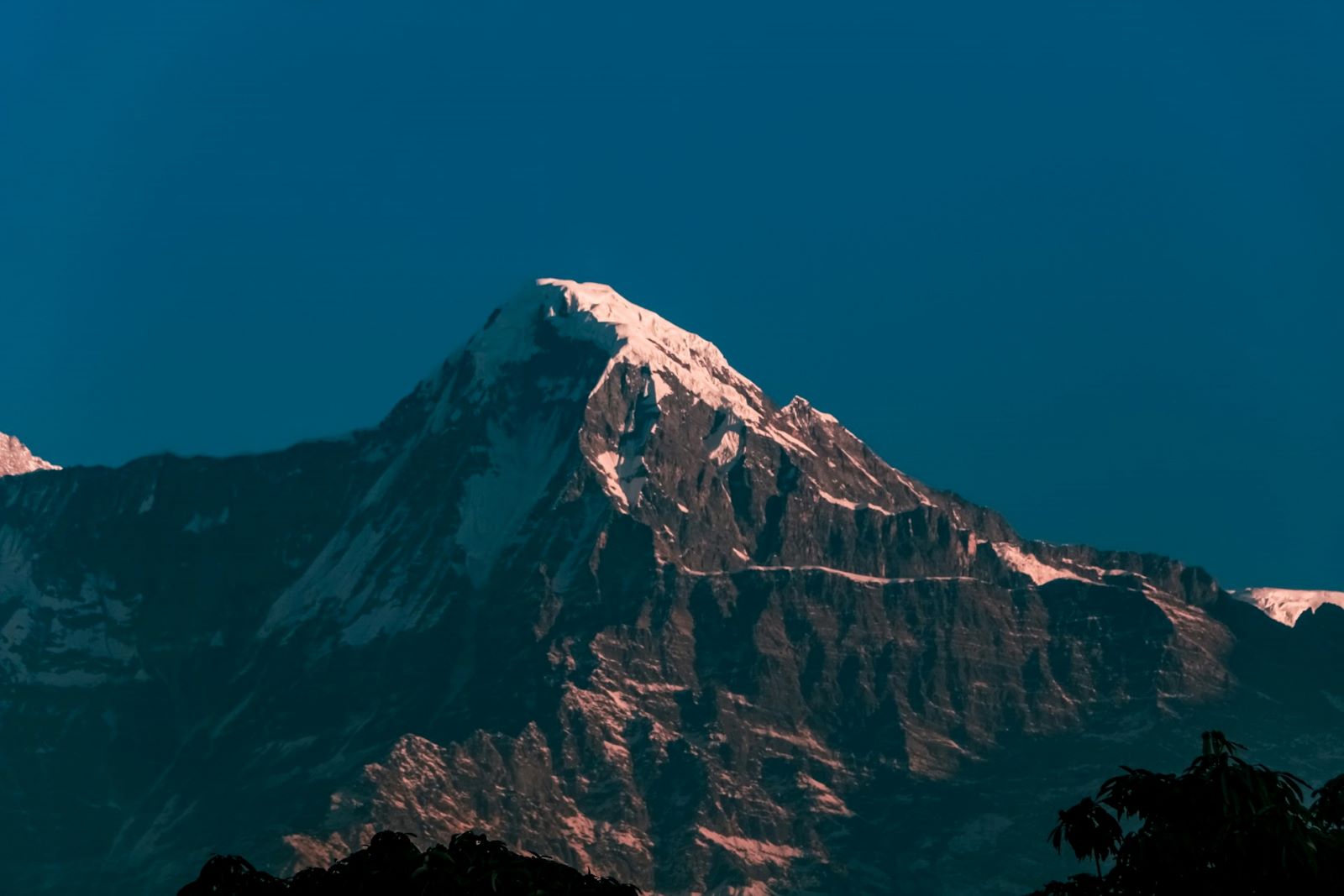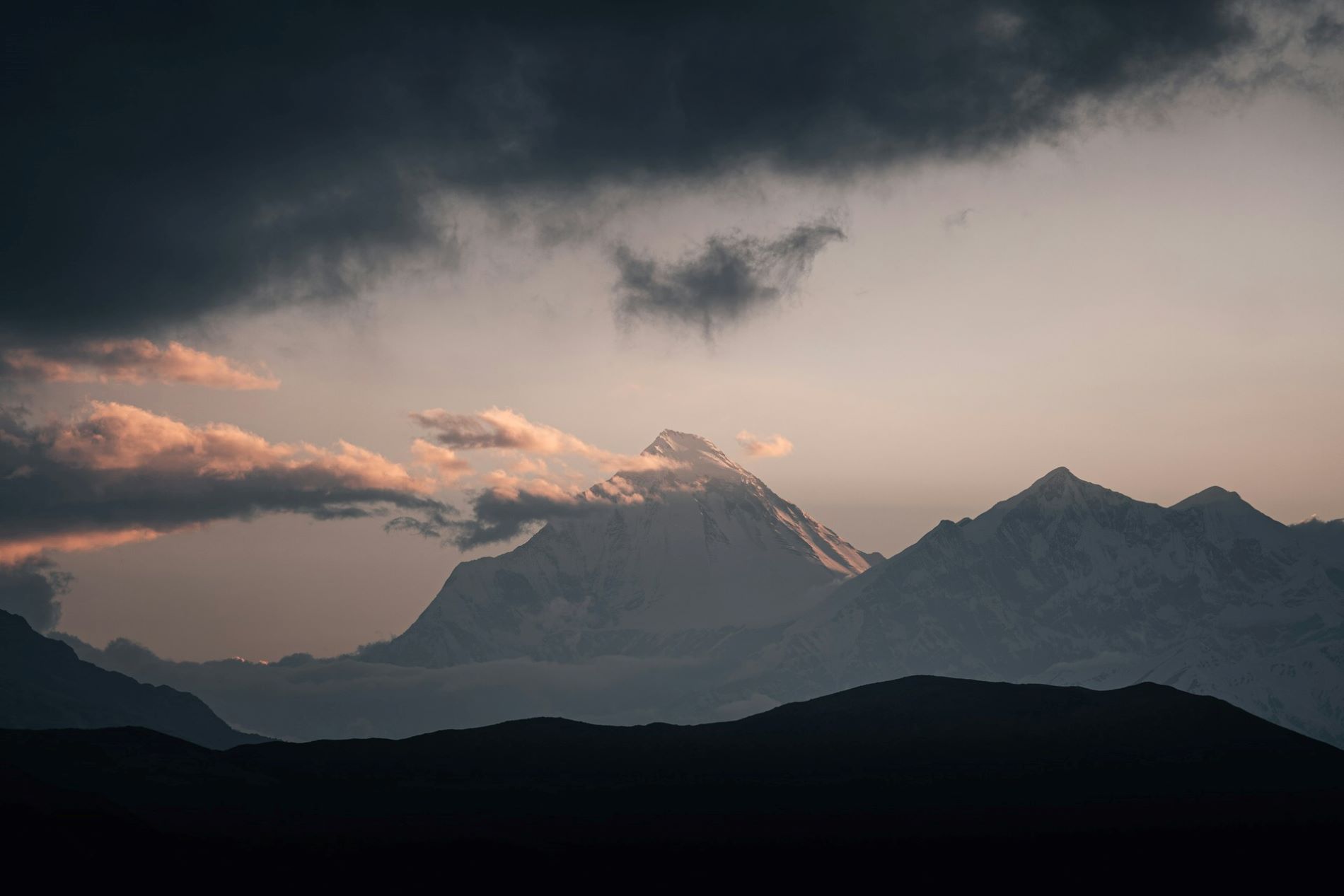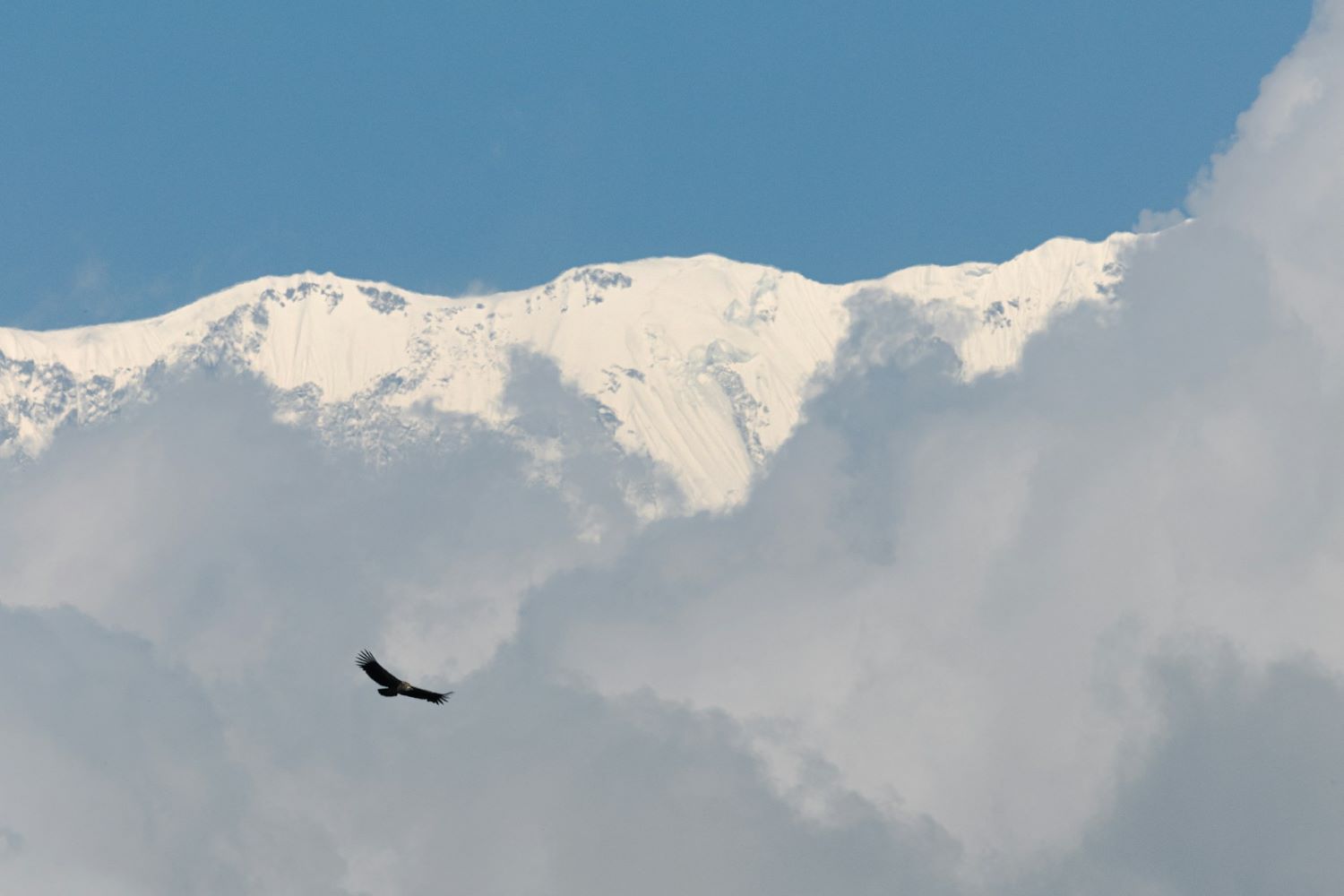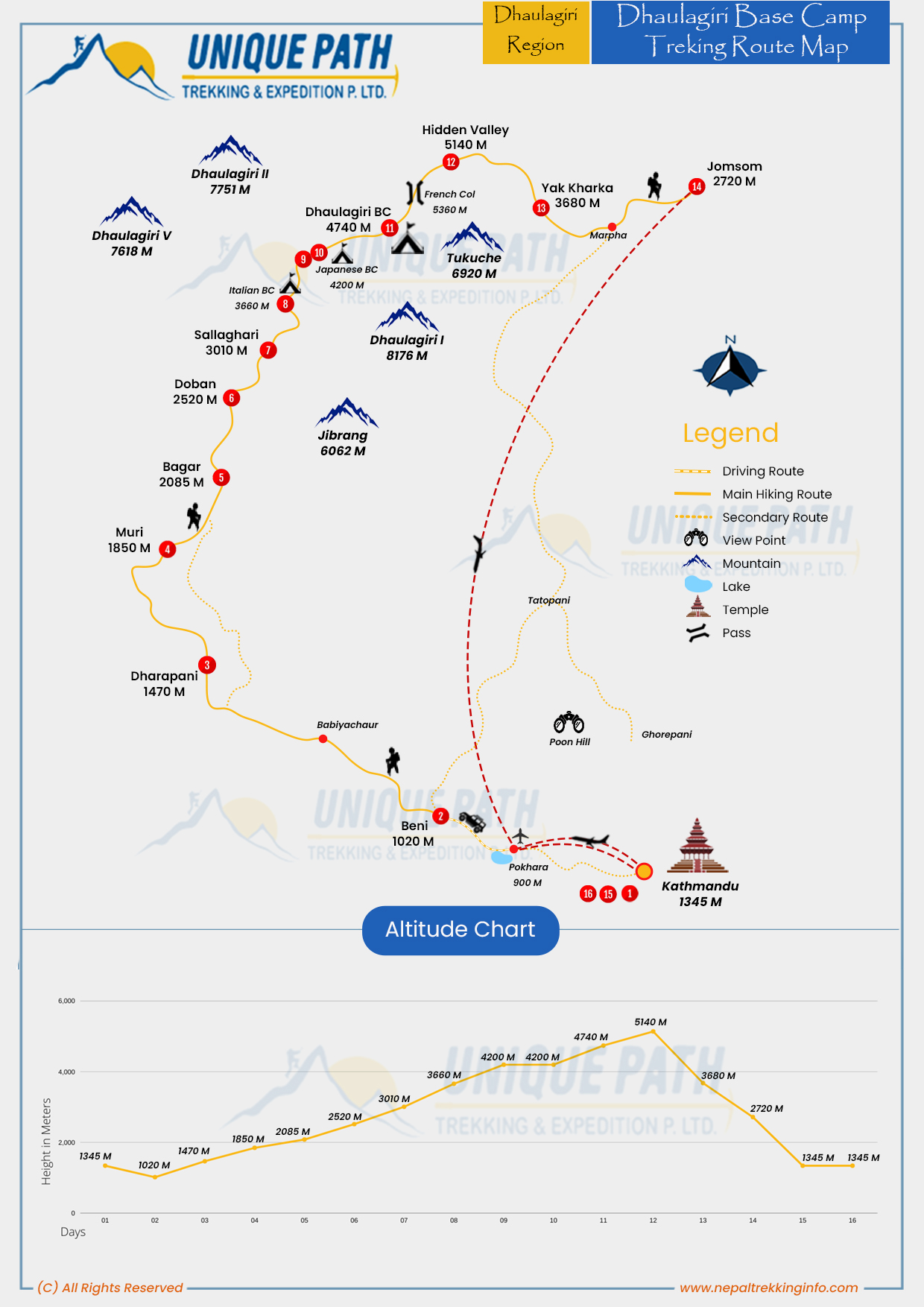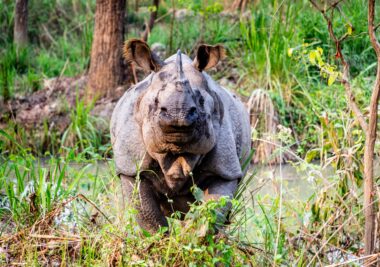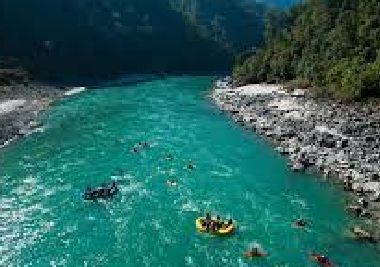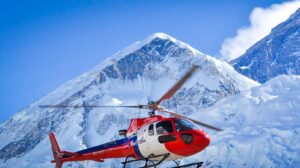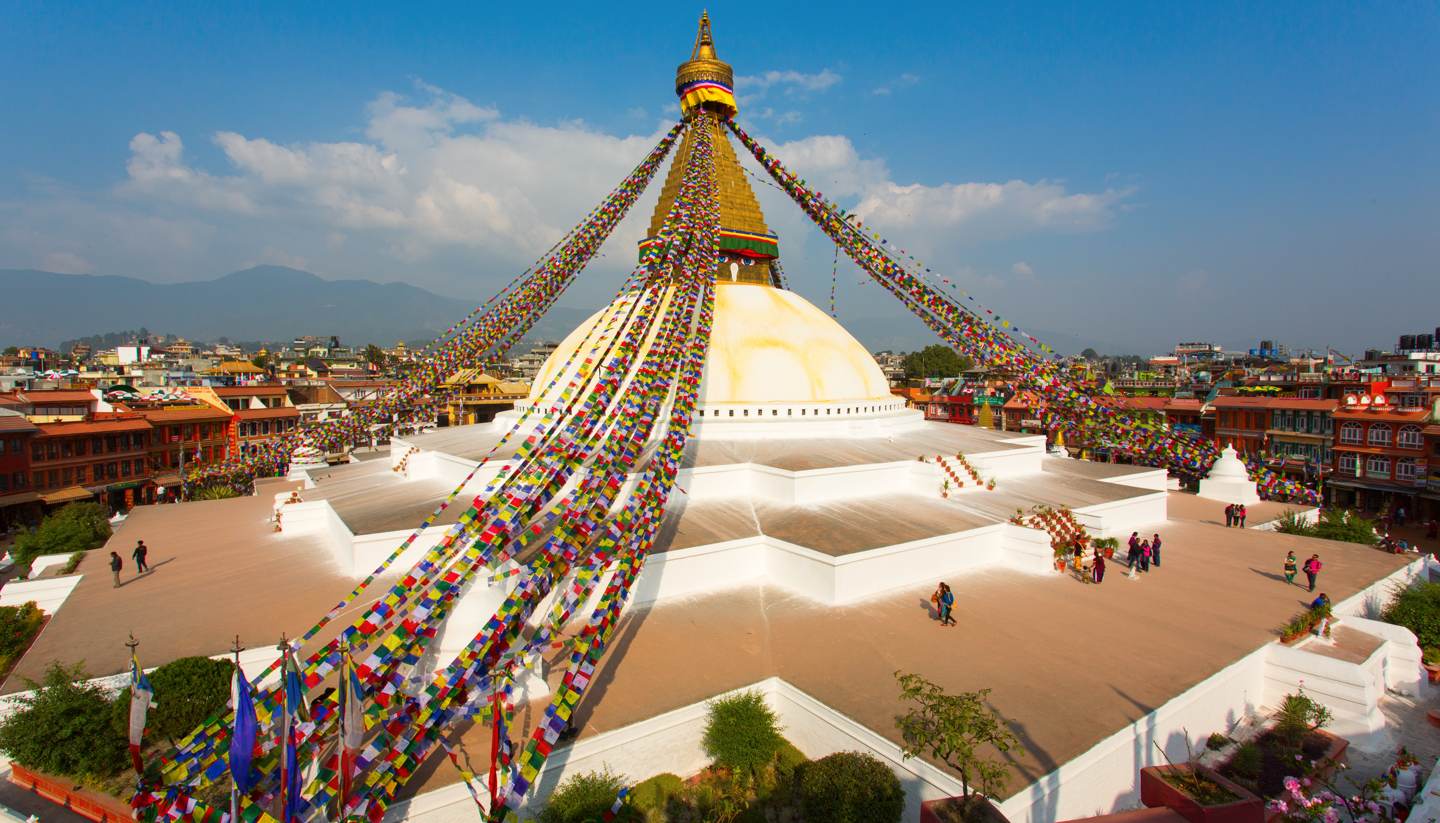Dhaulagiri Trek offers access to the magnificent Dhaulagiri Mountain range, which features fifteen peaks soaring above 7,000 meters, making it one of the most exhilarating trekking destinations in the Himalayas. Dominating the skyline is Mt. Dhaulagiri I (8,167 m / 26,795 ft), the world’s seventh-highest mountain, surrounded by other breathtaking giants like Tukuche Peak (6,920 m / 22,703 ft), Dhaulagiri II (7,751 m / 25,430 ft), Dhaulagiri III (7,715 m / 25,312 ft), Dhaulagiri V (7,618 m / 24,993 ft), and the majestic Annapurna (8,091 m / 26,545 ft).
